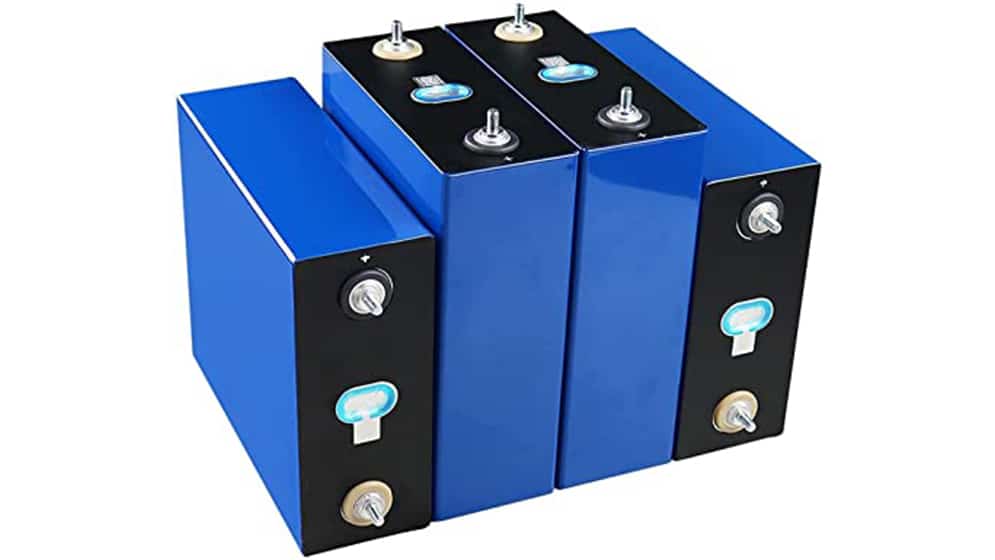- Curved Lithium Polymer battery
- Fast Charge Polymer Battery
- Flexible Polymer Lithium Battery
- Ultra-thin Polymer Battery
/ Blog / Battery Knowledge /
Charging LiFePO4 Batteries With Solar
07 Jan, 2022
By hoppt

It's possible to charge Lithium Iron Phosphate Batteries with the solar panel. You can use any equipment to charge 12V LiFePO4 as long as the charging device has a voltage that ranges from 14V to 14.6V. For everything to work effectively while charging LiFePO4 Batteries with a Solar panel, you need the charge controller.
Notably, when charging the LiFePO4 batteries, you shouldn't use the chargers meant for other lithium-ion batteries. Chargers with a considerably higher voltage than what is meant for the LiFePO4 batteries are likely to reduce their potency and efficiency. You can use the lead-acid battery charger for the Lithium iron phosphate batteries if the voltage settings are within the acceptable limits for LiFePO4 batteries.
Inspection of the LiFePO4 Chargers
As you prepare to charge LiFePO4 battery with solar, it's recommended that you inspect the charging cables and ensure that they've good insulation, free from fraying wires and breakage. The charger terminals should be clean and fitting to create a tight connection with the battery terminals. Proper connection is crucial to ensure optimum conductivity.
The LiFePO4 Batteries Charging Guidelines
If your LiFePO4 battery can't get fully discharged, then you don't have to charge it after every use. LiFePO4 batteries are strong enough to withstand time-related damages even when you leave them in a partial state of charge for months.
It's allowed that you charge LiFePO4 battery after each use or preferably when it's discharged up to 20% SOC. When Battery Management systems do battery disconnection after the battery gets too low a voltage of less than 10V, you need to remove the load and charge it immediately using the LiFePO4 battery charger.
The Charging Temperatures of LiFePO4 Batteries
Typically, LiFePO4 batteries charge safely at temperatures between 0°C to 45°C. They don't require voltage and temperature compensations at either cold or hot temperatures.
All LiFePO4 batteries come with BMS (Battery Management System) that protects them from detrimental effects of temperature extremities. If the temperatures are too low, BMS activates battery disconnection, and the LiFePO4 batteries are forced to warm up for the BMS to reconnect again and allow the charging current to flow. The BMS will disconnect again in the hottest temperatures to allow the cooling mechanism to lower the battery temperatures for the charging process to continue.
To know the specific BMS parameters of your battery, you need to refer to the datasheet showing the high and low temperatures which the BMS will cut off. Reconnection values are also indicated in the same manual.
Charging and discharging temperatures for the lithium batteries in the LT series are recorded at -20°C to 60°. Don't worry if you stay in temperate areas with very low temperatures, especially in winter. There are Low-Temperature Lithium Batteries specifically designed to work for people in cold regions. Low-Temperature Lithium Batteries have an in-built heating system, and advanced technology that drains heating energy from the chargers and not the battery.
When you buy Low-Temperature Lithium Batteries, it will work without extra components. The whole heating and cooling process won't affect your solar panel and the other attachments. It's completely seamless and automatically activated when the temperature hits less than 0°C. It's again deactivated when no longer in use; that is when charging temperatures are stable.
The heating and cooling mechanism of LiFePO4 batteries doesn't drain power from the battery itself. Rather it uses what it's available from the chargers. The configuration ensures that the battery doesn't discharge. Internal heating and temperature monitoring of your LiFePO4 battery start immediately after connecting the LiFePO4 charger to the solar.
Conclusion
LiFePO4 batteries have safe chemistry. They are also the most long-lasting lithium-ion batteries that can be charged with a solar panel consistently without problems. You only need to do a proper charger inspection. Even if it's cold, LiFePO4 batteries won't discharge. Generally, you only need compatible chargers and controllers to charge your LiFePO4 battery with a solar panel safely.



